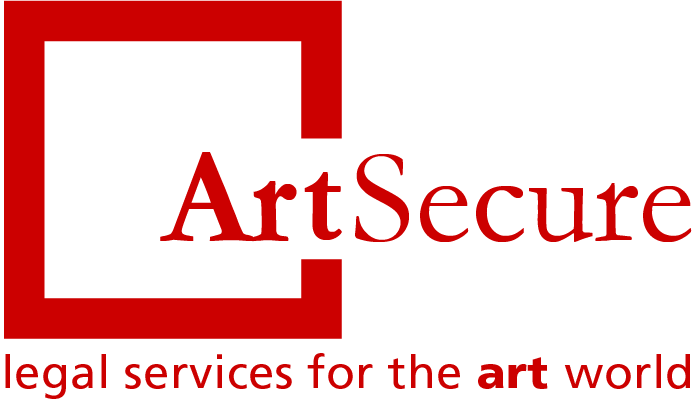As we have seen, museums have become increasingly vulnerable to legal disputes which can compromise the value of their collections and the reputation of the organization. What complicates things is that legal risks are inherent and sometimes hidden in an art collection and as such they may be either overseen or not-identified. In an ever more complex art world inundated with issues such as authenticity, attribution, opacity, lack of provenance and secret commissions, the proactive assessment and management of legal risks has become a necessary exercise for museums and art collectors.
At ArtSecure we have developed a Legal Risk Assessment methodology (LRA), an industry-first methodology for pro-actively assessing such legal risks. By combining 3 knowledge domains (collections management, art law & risk management) we have created an extensive legal risk library designed especially for art collections containing more than 60 legal risks & more than 100 control activities running through every stage and level of art collecting and all collection management processes. Through the implementation of ArtSecure's LRA Model, principal legal risks are identified, hidden risks are “unearthed” and assessed and an action plan to mitigate these is devised depending on the collecting organization’s risk appetite. This way, the risk of loss of value – not only financial but also historical, reputational, personal and societal – is minimized.
What’s crucial in the ArtSecure's LRA model, is that it assesses and manages the legal risks an art collection runs not only during the acquisition process, where insurance and legal advice is typically sought, but throughout an object’s lifecycle in a collection. Processes from an object’s entry to the collection, acquisition, location & movement control, object’s exit, loans-in and loans-out are all included.
Essentially, a collection that has implemented ArtSecure's LRA model is a collection that allows its stakeholders to have deep insight into its risk areas and suggests the implementation of risk-reducing activities depending on the stakeholders’ risk appetite. As a result, risk-aware museums and individual collectors know-their-collection and can therefore not only enjoy it to the fullest, but also ensure that the story their collection aims to narrate will be there to tell.
For more information click here or contact us.





